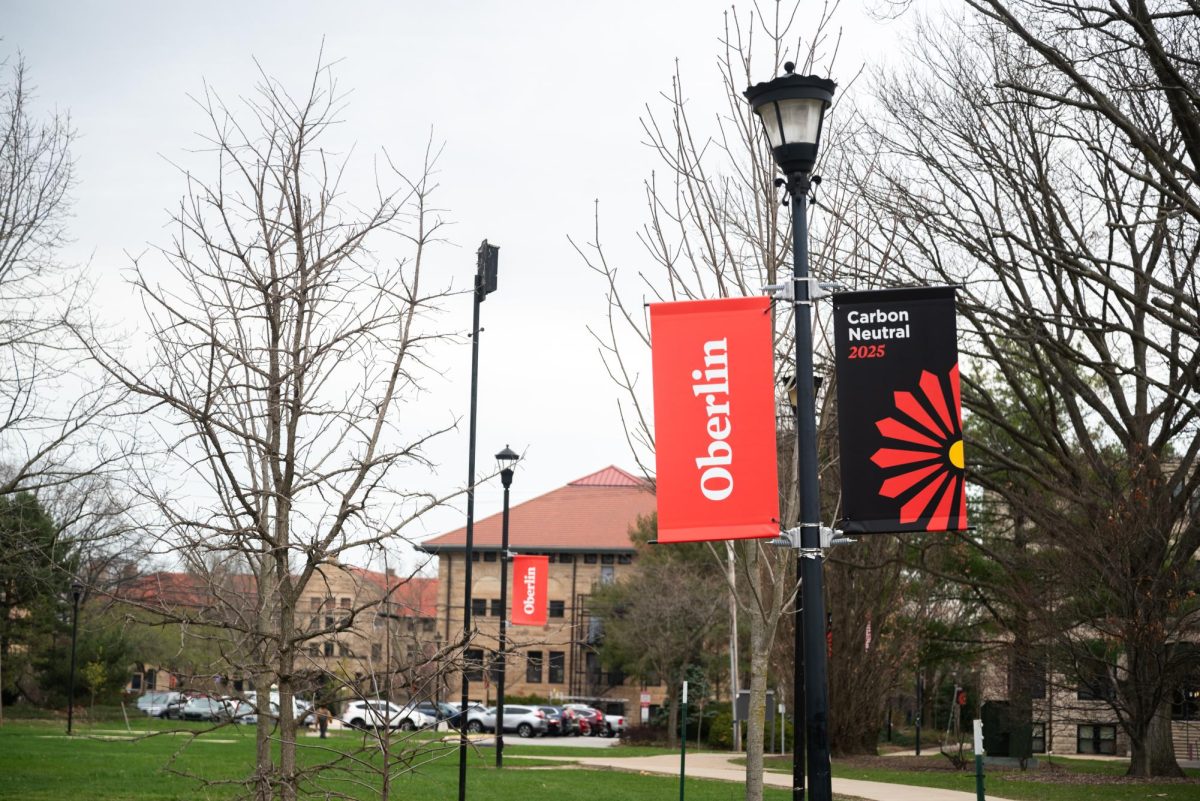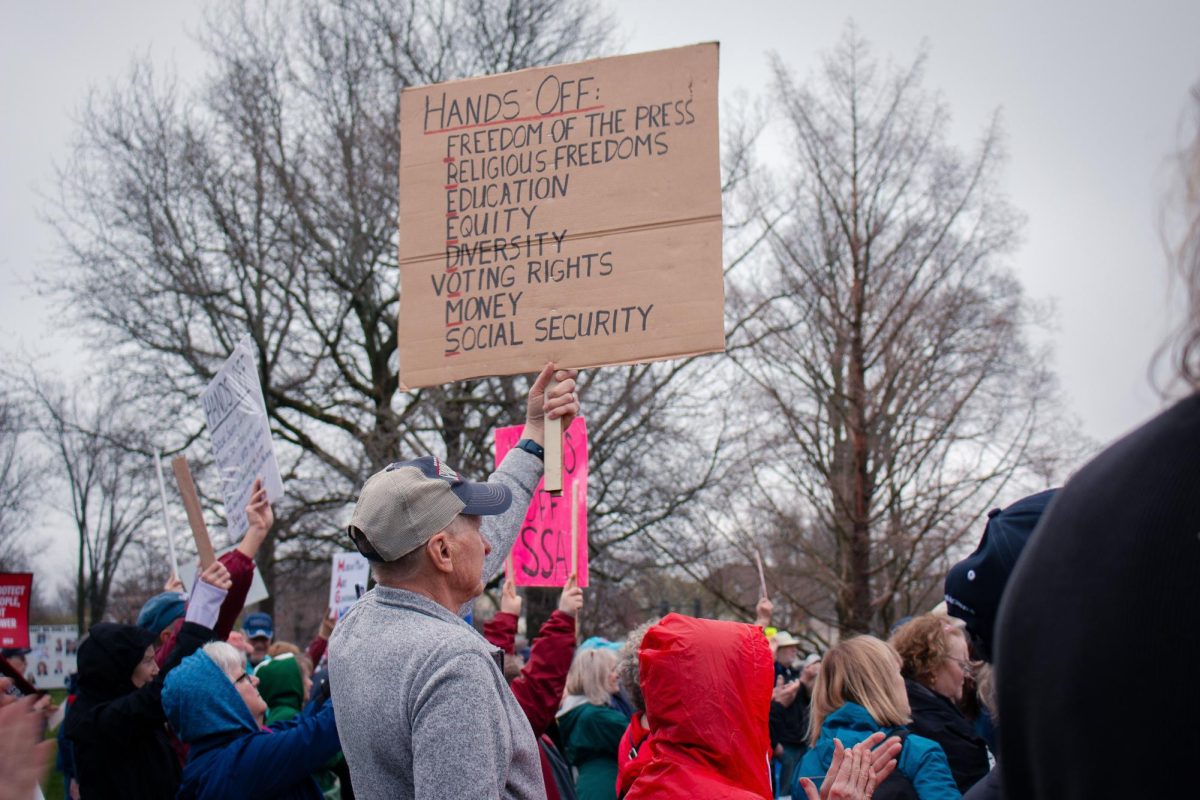Oberlin College has achieved its goal of carbon neutrality by 2025.
The College began working toward this goal in 2004 when the Board of Trustees committed to a pledge of environmental stewardship. In 2006, the College became one of the inaugural signatories of the American College & University Presidents’ Climate Committment, which has now expanded to more than 400 other institutions. As part of this commitment, it pledged to become carbon neutral by 2025.
In order to achieve this goal, the College began the Sustainable Infrastructure Program, which aimed to convert the campus’ existing fossil fuel-based heating and cooling system to one based on geothermal energy. The four-year project consisted of the drilling of 850 geothermal wells on Oberlin’s property north of the Athletics’ facilities, and the construction of a network of underground pipes to distribute energy.The completion of the conversion to geothermal energy has resulted in the College saving five million gallons of water annually, in addition to an increase in energy efficiency by 30 percent, according to an announcement from the College. Targeted behavioral change in the form of Ecolympics and energy usage monitoring in buildings aided in the attainment of this goal, according to The Office of Energy and Sustainability.
During that time, the College also created the first commercial net-zero building in the United States — the Adam Joseph Lewis Center for Environmental Studies — built four solar arrays that produce three megawatts of power, and implemented energy monitoring systems in buildings. The City of Oberlin’s Municipal Light and Power System has also supplied carbon-neutral electricity to the College since 2020.
According to OES, the College has measured this goal through carbon accounting. The College measures three categories of greenhouse gas emissions, known as Scope 1, 2, and 3. The first category measures the direct burning of fossil fuels through vehicles and the running of furnaces and boilers. The second category looks at emissions from indirect sources through the purchase of energy. The third category deals with emissions from travel and commuting. Simakis wrote to the Review that the College’s initiatives have reduced carbon emissions by approximately 90 percent, with offsets purchased for the remaining 10 percent of emissions.
“Oberlin’s approach is unique because we are committed to reducing the college carbon footprint at the source, by using infrastructure improvements, instead of depending solely on carbon offsets,” Chris Norman, senior director of energy and sustainability, wrote in an email to the Review. “It’s real climate action. It’s meaningful.”
According to the announcment, the College now aims to eliminate the carbon offsets that it currently uses and aims to move toward what they are terming “carbon positivity.” Norman wrote that this includes transitioning its fleet of trucks and ground equipment to electric, as well as continuing to find decarbonization solutions for the remaining buildings that are not part of the geothermal system.
To finance the SIP, the College made use of certified climate bonds, which are loans taken out for projects that have a verifiable positive impact on the climate. These loans provided the lowest-cost financing method that the College has ever used in a large-scale project. The total costs came to 175 million dollars.
According to OES, Oberlin is currently in the one-year commissioning period for the geothermal systems. Through this time, the college will monitor the system and fine-tune its operations. At the end of the process, the College will share operational data on system efficiency and energy and water savings with Second Nature, a non-profit organization that works to promote climate action in higher education. Second Nature will work to verify that the system’s carbon footprint is zero.
To celebrate the achievement, the College has created stickers, which are available at offices and in the libraries, and has erected banners across campus.
“Helping to build a more sustainable, respectful, and interconnected world for all is central to Oberlin’s mission, and today we are proud of our work to help preserve our planet for future generations by becoming a carbon-neutral campus,” said President Carmen Twillie Ambar in a press statement.









